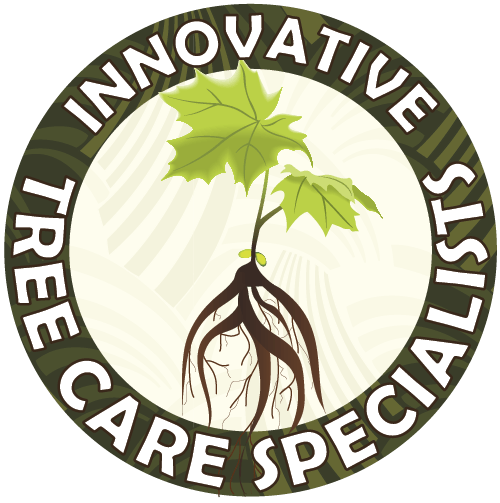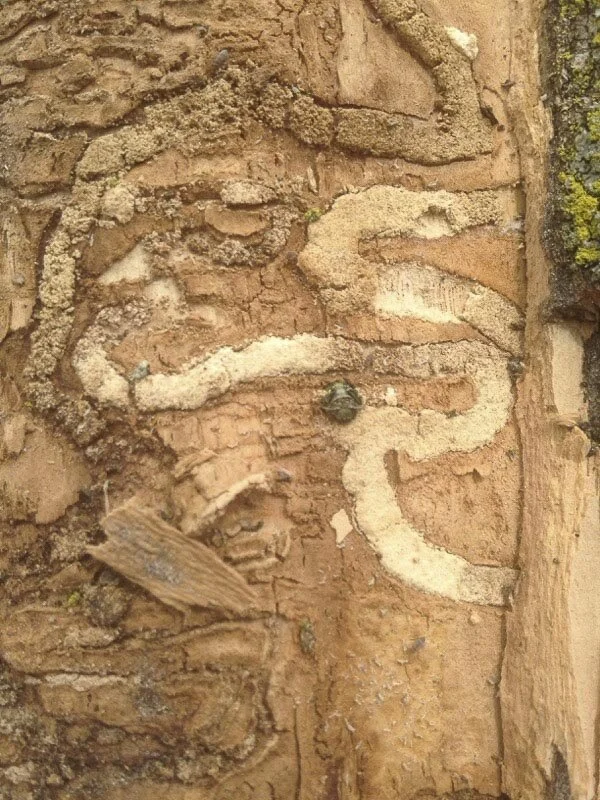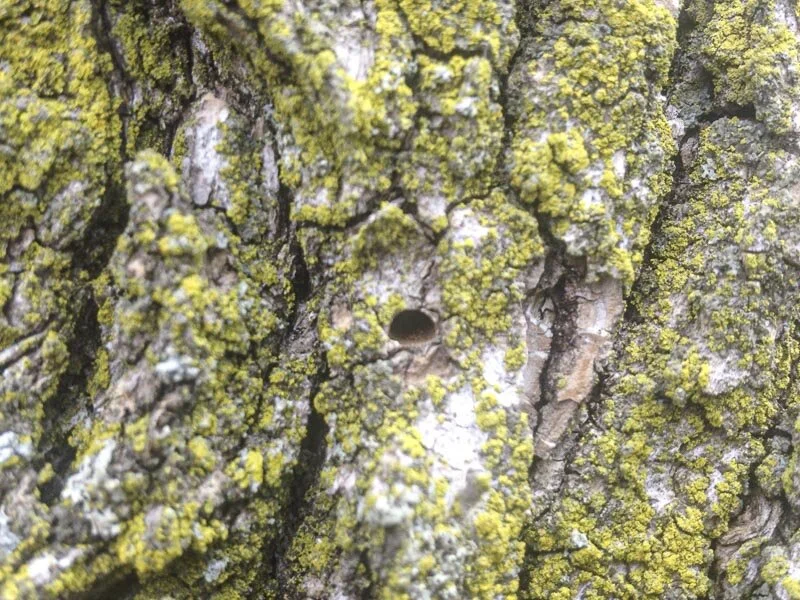Emerald Ash Borer
Assessment & Treatments
Introduction to Emerald Ash Borer
Ash Tree Identification & Distribution
The Emerald Ash Borer (Agrilus planipennis) is an invasive wood boring beetle, native to parts of Asia. It was first discovered in the United States (near Detroit, Michigan) in 2002, and has since killed hundreds of millions of Ash trees (Fraxinus spp.) across 35 states and Canadian provinces (as of 2018). EAB was first confirmed in WI in 2008, then in Madison in 2013.
Identifying characteristics of the Ash tree
U.S. EAB infestations as of 12/2020
Emerald Ash Borer Identification
EAB is a member of the metallic woodborer beetle group. An adult beetle is approximately ½” long with a metallic, iridescent body that is emerald green in color. The body is widest just below the head, and tapers down the length of the body. It is highly unlikely to see an adult EAB, but they are most commonly viewed during mating periods extending mid-June to mid-July, in the later afternoon to early evening. The EAB larva is a slender, cream-colored grub approximately 1.5” – 2” in length. It has a bell-shaped body with brown protrusions located on the last segment. It is the larval stage of EAB’s development that causes the damage and eventual death to our native Ash trees.
Emerald Ash Borer larvae
Emerald Ash Borer larvae
Emerald Ash Borer
Adult Emerald Ash Borer with wings spread
Signs/symptoms of EAB infestation
Signs/symptoms of EAB infestation include:
“S-shaped” feeding galleries under bark
Vertical bark splitting
General decline in Ash tree health, dieback from the “top down”
Woodpecker damage or activity
Early fall color, canopy thinning, and branch dieback (“flagging” in upper canopy)
Epicormic sprouting from base of tree or roots (“suckers”)
“D-shaped” exit holes
(pictures of above)
EAB feeding galleries
EAB feeding galleries
Exit hole from EAB larvae
Woodpecker damage from EAB infestation
Many of these signs and symptoms are difficult for the average homeowner to observe and take a trained eye for accurate identification. Infested trees may not even show any signs or symptoms for the first 3-5 years after initial infestation. During this time, EAB populations are building within the tree, and damage below the bark is occurring.
Emerald Ash Borer Lifecycle
The adult EAB beetle emerges in late May – June to feed and mate, laying its eggs on the bark of a typically stressed or declining Ash tree (though EAB is capable of attacking healthy trees as well). After 2-3 weeks, the eggs hatch and the larva burrow beneath the bark and into the nutrient-rich cambium layer of the tree. This is the layer responsible for the transport of nutrients and water within the tree. The larva then feed on the cambial tissue, creating “S-shaped” galleries, and overwinter as pre-pupae in their gallery.
In spring, the pre-pupae mature, and in 2-3 weeks emerge as adult beetles (late May – June). As they emerge, each beetle leaves behind a “D-shaped” exit hole. Some immature larva may take 2 seasons to emerge as adults, and will continue feeding until they are ready for emergence.
The adults feed on Ash leaves (little damage caused by this stage) for approx. 3-6 weeks, mate, and then repeat their life cycle. EAB “flight season” in Wisconsin is May – Sept. It is recommended not to prune your Ash trees during this timeframe, as you could attract EAB to your tree.
Emerald Ash Borer Treatment Plan
We recommend the following steps to treat trees infected by Emerald Ash Borer:
Have your tree assessed by our Arborist to first determine if your tree is still a good candidate for a treatment plan. Commonly, trees exhibiting approximately 1/4 – 1/3 (max) of canopy dieback can still benefit from therapeutic intervention.
If your tree has already been previously treated, it is still good to have it assessed the year after treatment to evaluate for individual tree response.
Be sure to keep up on the treatment interval recommended by your Arborist, as your tree can become reinfested after this interval expires.
Additional recommendations, such as a biostiumlant soil injection, may also help expedite the recovery process for your tree.
We utilize a trunk micro-injection/infusion with Emamectin Benzoate 4% as both a therapeutic and preventative treatment. This product will provide up to 2+ years of protection, and is industry standard of care for EAB control. On smaller Ash trees (<8” dimeter), other soil applied products containing Imidicloprid may be recommended.






